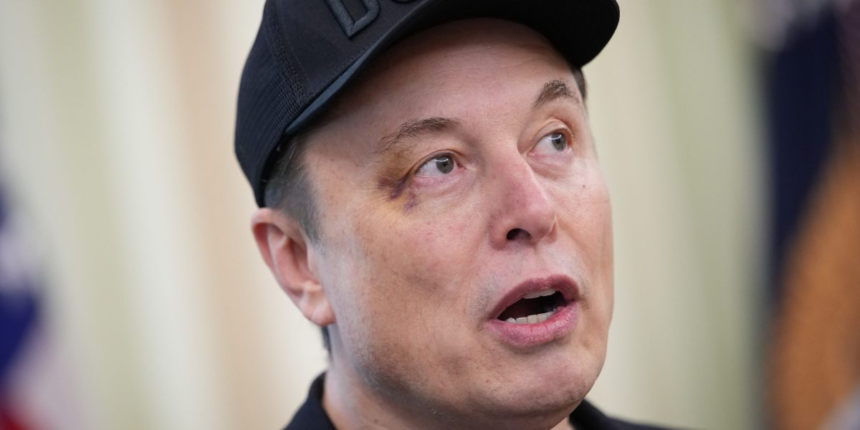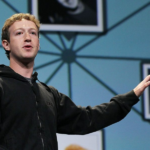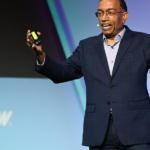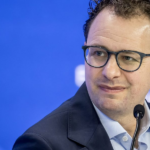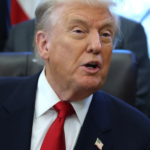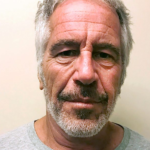Yet four weeks later, Tesla has little to show for it. Just 7,000 driverless miles have been logged, Musk’s team revealed in the quarterly call. That works out to 20 miles per car per day, on average.
Shares held steady in after-hours trading following the release of widely expected weak Q2 results that included an 89% drop in net cash generated. But they dipped lower as the earnings call drew to a close with little in the way of answers. They were nearly 6% down as trading began in New York.
The call was Musk’s first opportunity to present shareholders with a clear road map for his robotaxi service with concrete milestones that specified …
Right now, he is charging a flat rate of $6.90, but most expect either a per-mile rate or a dynamic price similar to Uber.
Take this statement for example, in which Musk reaffirmed comments earlier this year that his autonomous ride-hailing service would expand to most of the country by year-end.
“We’ll technically be able to do it. Assuming we get regulatory approvals, it’s probably addressing half the population of the U.S. by the end of the year. But we are being very cautious, we don’t want to take any chances—we’re gonna go cautious. The service areas and the number of vehicles in operation will increase at a hyper-exponential rate.”
That was one continuous answer. Broken down, Musk is arguing his four-week-old service that continues to operate with just around a dozen vehicles in one city will—in the course of only five months—expand in a way that is simultaneously both “very cautious” as well as “hyper-exponential.”
“In the meanwhile, we’ll launch a service with a person in the driver’s seat just to expedite while we wait for regulatory approval,” said Tesla AI director Ashok Elluswamy on the call.
Starting that same month, however, the outlook begins to darken. “We probably could have a few rough quarters,” Musk conceded, citing Q4, Q1, and potentially Q2 as well. Then the script should flip once its upcoming CyberCab is deployed in sufficiently large numbers in its robotaxi fleet in the latter half of next year financed in part with the $37 billion in cash Tesla holds on its balance sheet.
Fortunately, the upfront costs shouldn’t be too expensive for Tesla to finance. The two-seater was conceived to cut corners on performance, only aiming for a “gentle ride”. Since it’s not really meant for private ownership, it doesn’t need the kind of expensive propulsion system or finely tuned chassis that can deliver the speed, agility, or handling of a typical Tesla.
There were some positives in the Q2 results. Automotive gross margins excluding CO2 regulatory credits came in at 15%, a 40 basis point improvement over last year, giving investors hope the downward trend may finally be forming a bottom.
Nor were the $439 million in regulatory credits needed for the group to earn a profit either, thanks in large part to record profits at its industrial-size Megapack batteries. Sold to utilities for managing sudden peaks in electricity demand, its stationary energy storage business had gross margins double those of its larger car operations.
Referring to his upcoming AI5 chip that follows the current HW4 generation, Musk said: “It’s so powerful we’ll have to nerf it to some degree for markets outside the U.S. because it blows way past the export restrictions.”
But this wasn’t sufficient for the market. True, it is not unusual for the stock to sell off after a business update, since Tesla quarterly calls are often viewed as “buy the rumor, sell the fact” trades.
“Investors were hungry for clear expectations about how many vehicles are on the road in Austin today and what it will end the quarter at,” DeepWater’s Munster added. “They wanted to hear that the company expect the human supervisor to be removed during the quarter or that the service will shift from being invite-only to public availability.”
That hunger was not sated.


